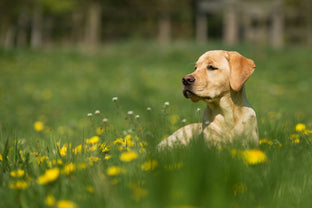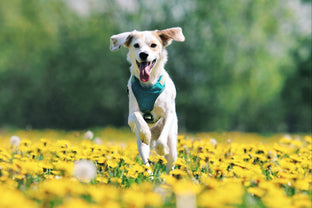Our domestic cats are carnivores by nature, but usually eat the whole prey animal including offal and blood. It is therefore not species-appropriate to feed a cat exclusively on muscle meat.
They can hardly utilise carbohydrates. You should bear this in mind if you want to feed your tiger wet BARF: Wet BARF mainly contains meaty ingredients. This includes muscle meat, fish and offal. You supplement it with some vegetables. The chopped ingredients are steamed. Also add high-quality oils. Because important nutrients are destroyed by the cooking process, you should supplement them. Cats need various vitamins, omega-3 and omega-6 fatty acids, amino acids and iodine. Taurine is particularly important. In contrast to dogs, this amino acid is essential for cats. A lack of it can lead to blindness, heart defects, deafness or infertility.
Feeding day-old chicks or frozen mice and rats alone does not fulfil the requirements. Both chicks and, in most cases, mice are growing animals whose bones have not yet hardened.They often contain too little calcium and phosphorus.
An example composition would be 70 % muscle meat, 10 % meaty bones such as chicken necks, 10 % offal, 5 % raw egg yolk, 1 % salmon oil, 3 % linseed oil, 0.3 % eggshells and 0.6 % minerals.Your vet will help you with the composition.




